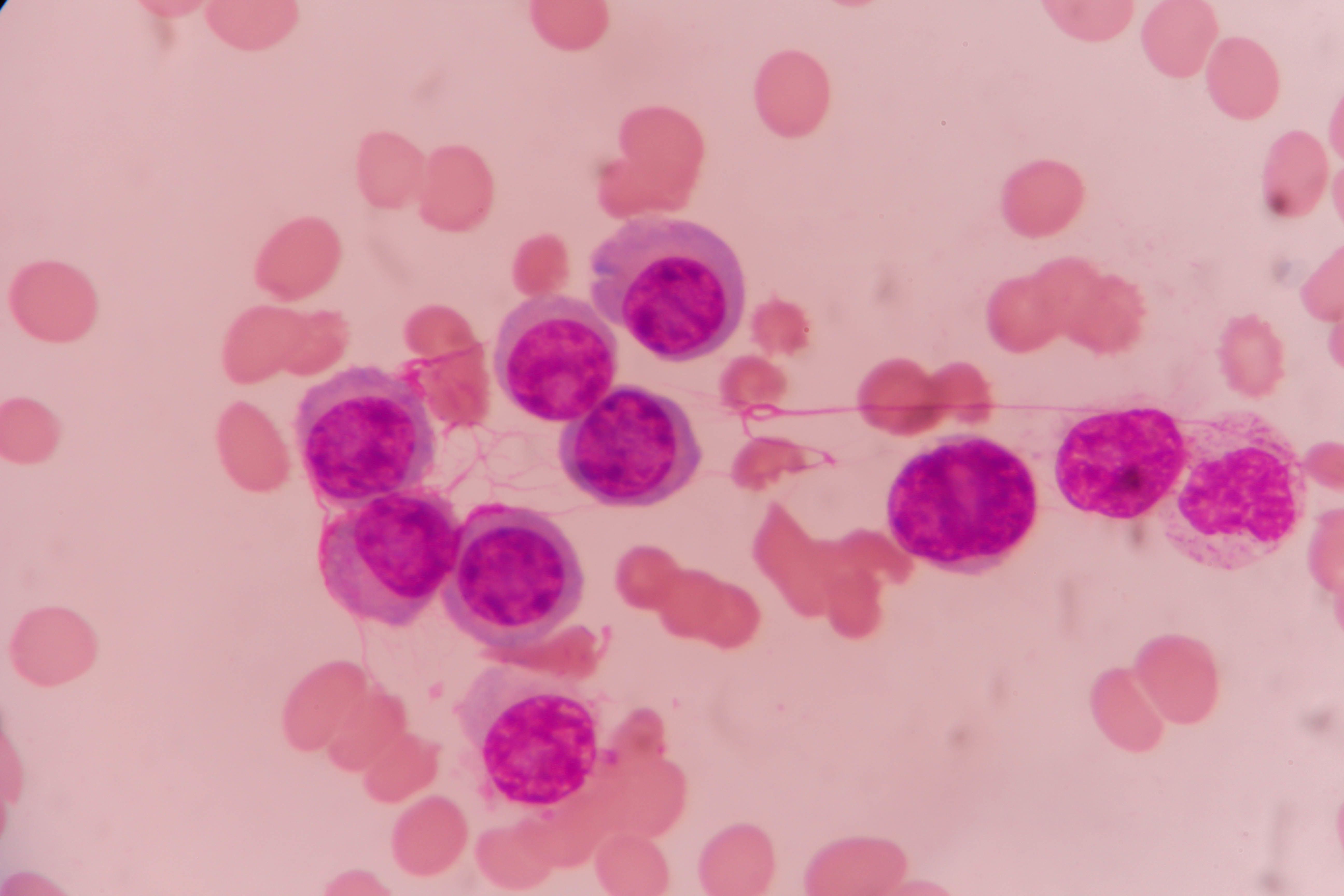
Therapeutic plasma exchange (TPE) has become more common in patients with multiple myeloma (MM) in the past quarter-century, even as the cost of the treatment has jumped by more than 400%, according to a new report.
TPE is primarily used in patients with high free light chain (FLC) burden in order to prevent renal injury from myeloma cast neuropathy (MCN), though some patients are given TPE as a result of hyperviscosity and neuropathy. Renal impairment, which is present in nearly 30% of patients with MM, has been associated with higher morbidity and mortality and lower quality of life.
Rapid identification and reduction of high FLC has been linked with better outcomes, prompting many to turn to TPE. The therapy has been included in management guidelines for the prevention of renal impairment in MM.
“Unfortunately, there is currently no convincing evidence in the literature that the mechanical removal of FLC in addition to current standard chemotherapy translates into clinical benefits for patients,” wrote Binod Dhakal, MD, of the Medical College of Wisconsin, and colleagues, in the Journal of Clinical Apheresis.
Given the rapid changes that have taken place in the treatment of MM in recent decades, Dhakal and colleagues decided to study whether and how usage patterns for TPE have changed during the same time period.
Dhakal and colleagues used the National Inpatient Sample (NIS) database, a set that includes 7 million hospital stays per year, representing roughly 35 million total hospital stays.
The authors looked at patients 18 years of age and older who had MM and were treated with TPE between the years 1993 and 2015. They examined utilization trends, hospital charges, in-hospital mortality, length of hospitalization, and predictors of in-hospital mortality and length of hospitalization.
The analysis found significant upward shifts. In the case of MM hospitalizations for TPE, Dhakal and colleagues noted that 1% of all MM discharges between 1993 and 1999 were for TPE hospitalizations, but between 2008 and 2015, the rate was 2.1%. Likewise, the median hospital charge in the former period was $24,407, but it ballooned to $113,496 by the latter time frame. About 70% of patients receiving TPE had acute kidney injuries (AKIs).
The length of stay remained constant, at about 11 days. However, in-hospital mortality dropped from 17.5% between 1993 and 1997 to 8.7% between 2007 and 2013.
The investigators said Charlson Comorbidity Index scores, year, and race were significant predictors of in-hospital mortality.
In their discussion, the authors wrote that the International Myeloma Working Group’s recommendation that plasma exchange in some patients with AKIs is likely one key factor in the growth of TPE. However, they said the randomized controlled trials looking into the effectiveness of the treatment generally have significant limitations, such as a small number of enrollees or a lack of novel anti-MM therapies.
“Thus, at this time recommendations to use TPE in MM are mainly based on expert opinion, rather than strong evidence,” they wrote.
The authors suggested that newer therapies ought to diminish the role of TPE in MM treatment. They closed the study by recommending that TPE be used only for conditions like hyperviscosity syndrome.
“Our data highlight the increasing clinical and economic burden of plasma exchange, and the need for randomized trials to establish its efficacy, especially in the context of effective anti-myeloma therapies,” they said.
Reference
Dhakal B, Miller S, Rein L, et al. Trends in the use of therapeutic plasma exchange in multiple myeloma. J Clin Apher. 2020;35(4):307-315. doi:10.1002/jca.21798
"exchange" - Google News
September 01, 2020 at 02:32AM
https://ift.tt/32MKzln
Plasma Exchange Therapy MM Use, Cost, Rose During Past 25 Years - AJMC.com Managed Markets Network
"exchange" - Google News
https://ift.tt/3c55nbe
https://ift.tt/3b2gZKy
Exchange
Bagikan Berita Ini















0 Response to "Plasma Exchange Therapy MM Use, Cost, Rose During Past 25 Years - AJMC.com Managed Markets Network"
Post a Comment